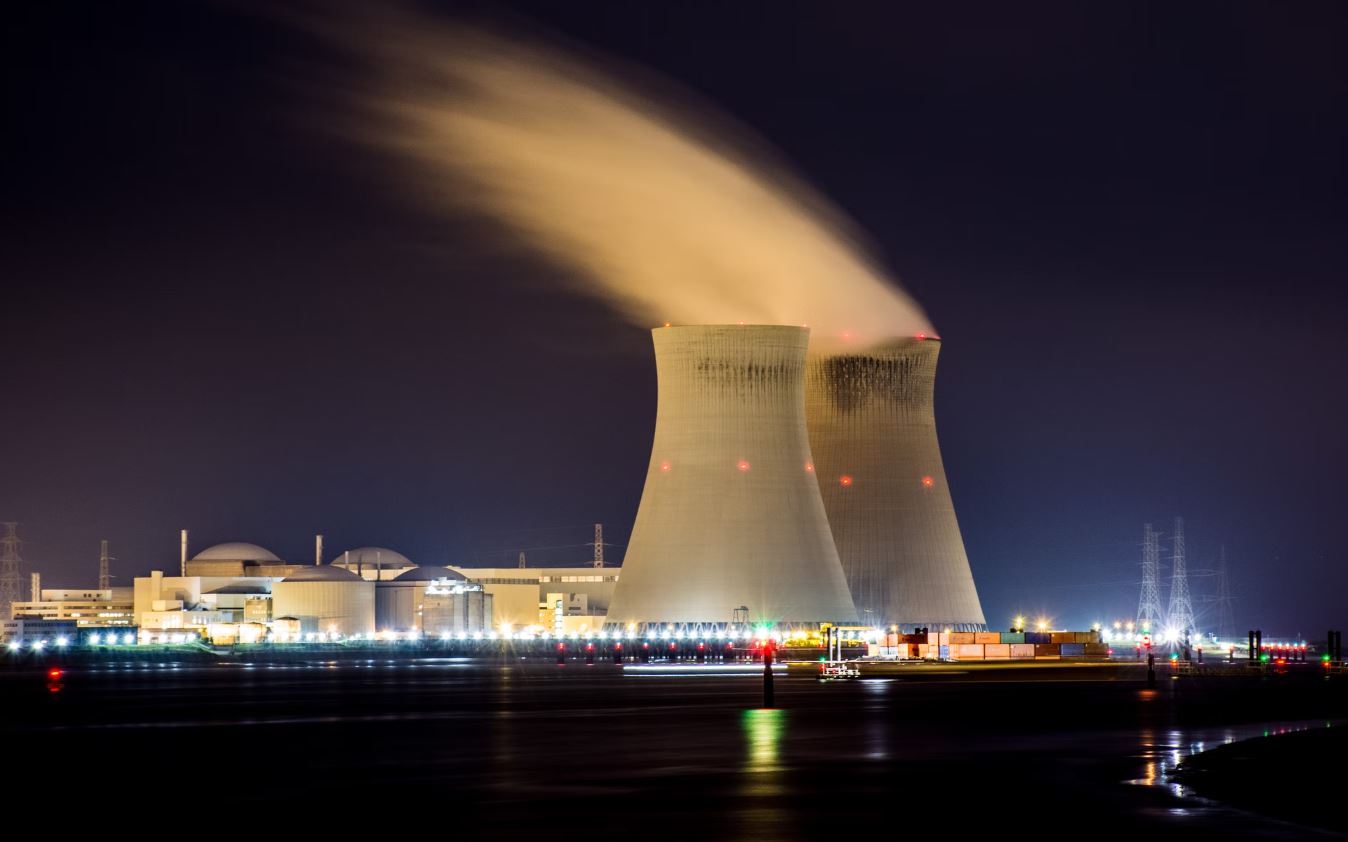
The move represents a major reversal since the Fukushima disaster.
Back in 2011, a combination tsunami and earthquake resulted in a major nuclear meltdown at a power plant in Fukushima, Japan. Following that disaster, the country sought to distance itself from nuclear power, disabling most of its existing reactors. However, in the face of ongoing energy uncertainties exasperated by the Russian invasion of Ukraine, Japan has decided it’s time to increase their energy options by bringing nuclear power back.
This morning, Japanese Prime Minister Fumio Kishida announced that his country will begin restarting some of the idling nuclear reactors, as well as begin development of stronger, safer next-gen reactors. Public support for the move is fairly high, at around 60%, as many view it as a vital step toward Japan’s goal of total carbon neutrality by the year 2050.
“Stable use of nuclear power will be promoted on the major premise that public trust in nuclear power should be gained and that safety should be secured,” reads the country’s current energy plan.
While nuclear energy is touted as renewable compared to the likes of oil, environmental activists have expressed concerns about relying on its use. “Nuclear power is touted as a solution to our energy problems, but in reality it’s complex and hugely expensive to build,” reads the website of environmental organization Greenpeace.
“It also creates huge amounts of hazardous waste,” it adds. “Renewable energy is cheaper and can be installed quickly. Together with battery storage, it can generate the power we need and slash our emissions.”
